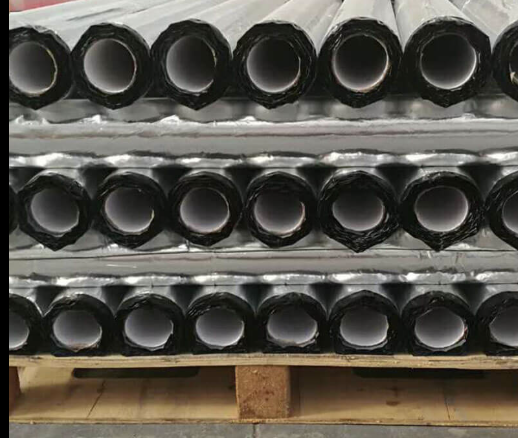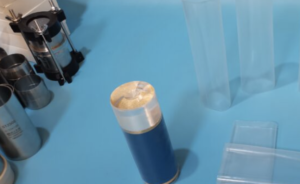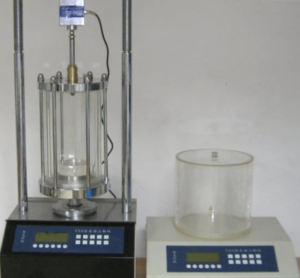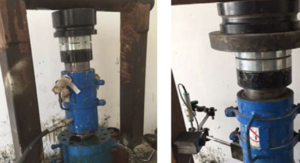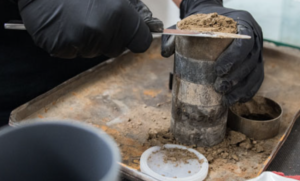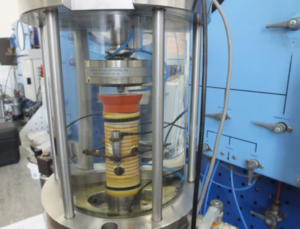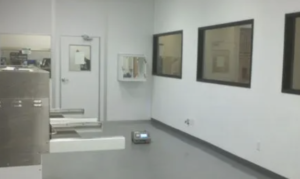The Rise of Butyl Rubber Membranes in Construction and Laboratory Testing
Over the past decade, butyl rubber membranes have emerged from niche applications to become a trusted material in both construction and laboratory testing. Known for their airtightness, flexibility, and chemical resistance, these membranes are now finding new roles in demanding environments—from foundation waterproofing to geotechnical analysis.
Understanding Butyl Rubber: Composition and Key Properties
Butyl rubber, or IIR (isobutylene-isoprene rubber), is a synthetic elastomer prized for its low gas and moisture permeability. This makes it ideal for sealing, lining, and protective applications.

| Propiedad | Performance |
|---|---|
| Gas/moisture permeability | Extremely low (better than EPDM or PVC) |
| Elasticity | High (elongation up to 500%) |
| Chemical resistance | Excellent against acids, alkalis, and solvents |
| UV/Ozone resistance | Good (can be improved with additives) |
| Temperature range | -40°C to +120°C |
| Adhesion | Excellent when self-adhesive or primed |
Thanks to this unique profile, butyl rubber has transitioned from tire inner tubes to multi-industry membrane solutions1.
Why Butyl Rubber Membranes Are Gaining Ground in Construction
In the construction world, performance and longevity2 are everything. Butyl rubber membranes are gaining favor because they deliver superior sealing3 in extreme conditions.
Benefits for the Construction Sector:
- Foundation waterproofing: Excellent barrier against groundwater
- Expansion joint sealing: Long-lasting flexibility under movement
- Green roof underlays: Airtight and root-resistant
- Roofing systems: Compatible with various substrates, including concrete and metal
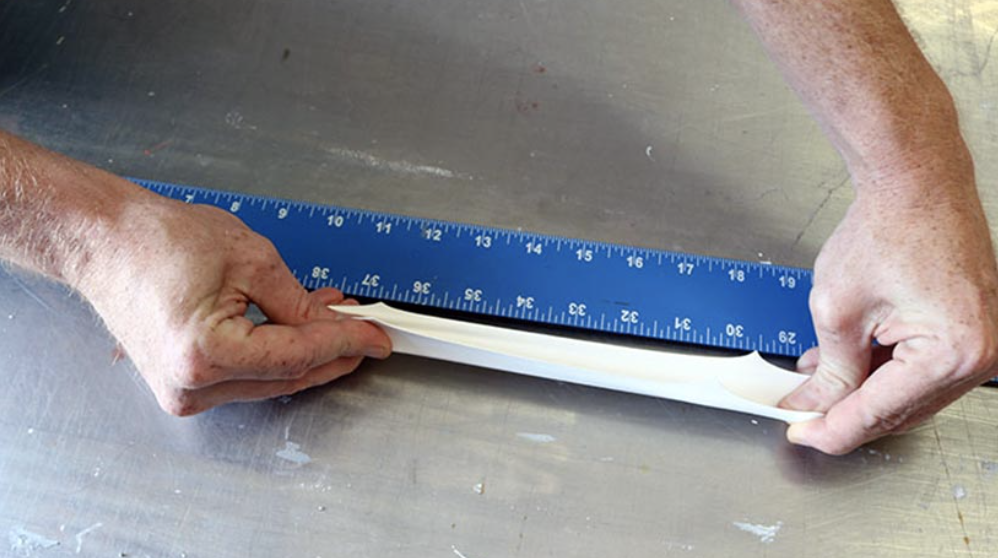
| Característica | Impact on Construction |
|---|---|
| Self-adhesive properties | Faster installation, fewer fasteners |
| High elongation | Accommodates structural movement |
| Compatibility with primers | Easy to integrate with hybrid systems |
| Life span | Up to 30 years with minimal degradation |
Builders are turning to butyl membranes for reliable performance without the labor-intensive prep work some alternatives require.
Applications in Soil Testing and Waterproofing Labs
Outside of buildings, butyl rubber is finding increasing use in technical lab environments4—especially in soil testing and waterproofing simulation.
Lab-Driven Use Cases:
- Membranes for triaxial testing: Butyl’s impermeability ensures accurate soil pressure data.
- Chemical containment: Resistant to acidic and basic solutions used in lab setups.
- Sealing of test chambers and hydraulic cells: Prevents leakage in precision measurement devices.
| Lab Function | Why Butyl Is Ideal |
|---|---|
| Triaxial test membranes | Airtight, flexible, easy to install |
| Permeability and seepage testing | Zero vapor transmission ensures accuracy |
| Waterproofing simulation boxes | Reliable over long-term submersion |
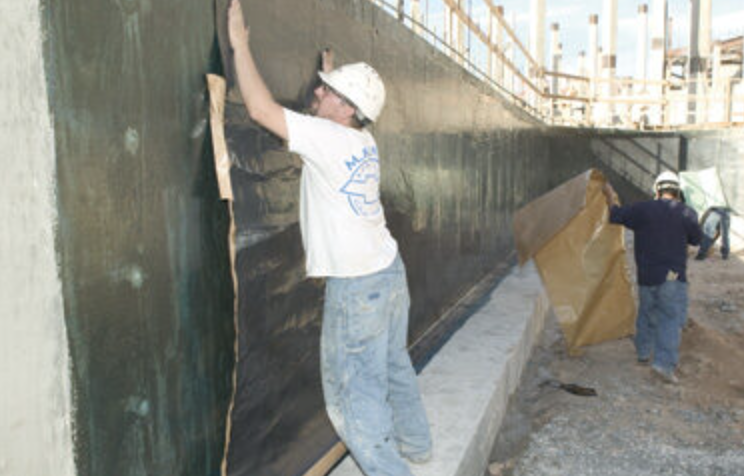
Its non-reactive and stable nature makes butyl rubber a preferred choice when experimental conditions must remain tightly controlled.
Sustainability, Durability, and Future Trends
Butyl rubber not only performs—it also supports long-term sustainability goals5 in modern engineering.
Why It’s Built for the Future:
- Longevity reduces waste from frequent replacements
- Recyclable formulations are now being explored in green building materials
- Low-maintenance6: Reduces the need for energy-intensive repair cycles
| Sustainability Aspect | Butyl Performance |
|---|---|
| Life cycle emissions | Low, due to durability and rare replacement |
| Environmental leaching | Minimal, inert in soil and groundwater |
| Compatibility with green roofs | Excellent (chemical and root resistance) |
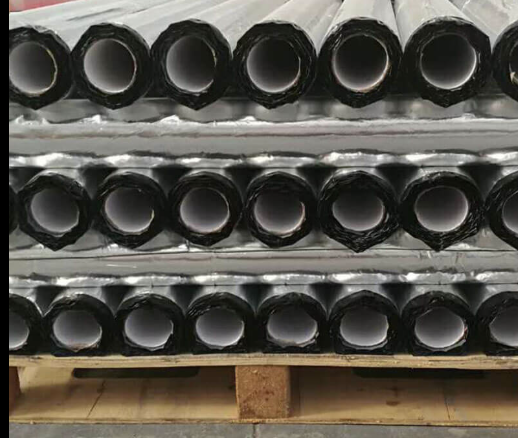
Looking ahead, expect new composites and hybrid membranes to further enhance butyl’s performance—making it a cornerstone material in smart and sustainable construction.
Conclusión
The rise of butyl rubber membranes is no coincidence. Their unique blend of performance, durability, and lab reliability makes them an ideal material for both modern construction and scientific testing. As projects grow more complex and sustainability takes center stage, butyl membranes are proving to be a future-ready solution with real-world results.
-
Explore this link to understand how multi-industry membrane solutions are revolutionizing various sectors with their unique properties. ↩
-
Understanding the importance of performance and longevity can help you choose the best materials for your projects. ↩
-
Explore how butyl rubber membranes can enhance your construction projects with their sealing capabilities. ↩
-
Explore how butyl rubber enhances performance and safety in lab settings, especially for soil testing and waterproofing. ↩
-
Explore how long-term sustainability goals are shaping modern engineering practices and innovations. ↩
-
Discover how low-maintenance solutions can enhance sustainability and reduce environmental impact in engineering. ↩

